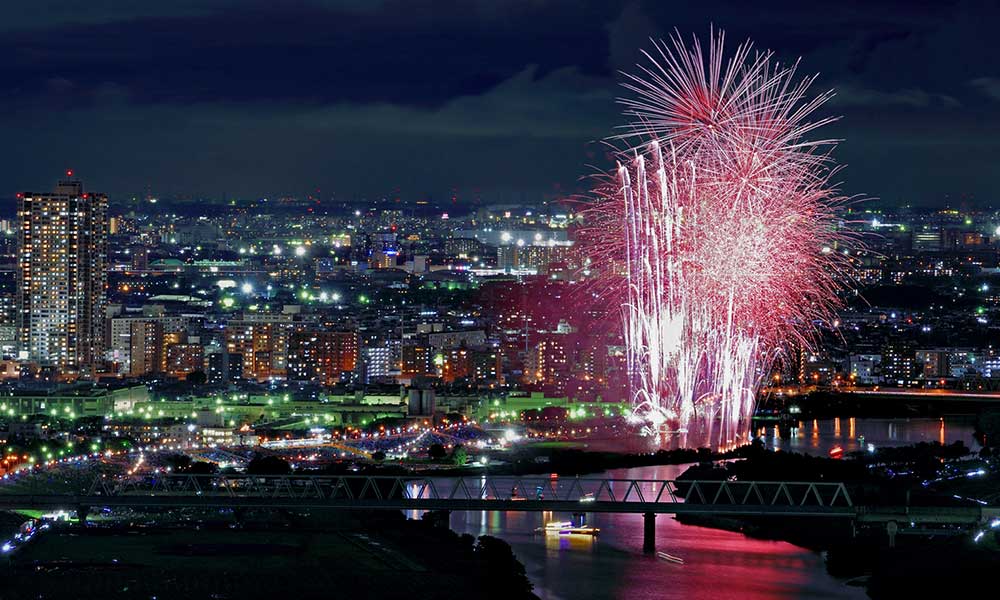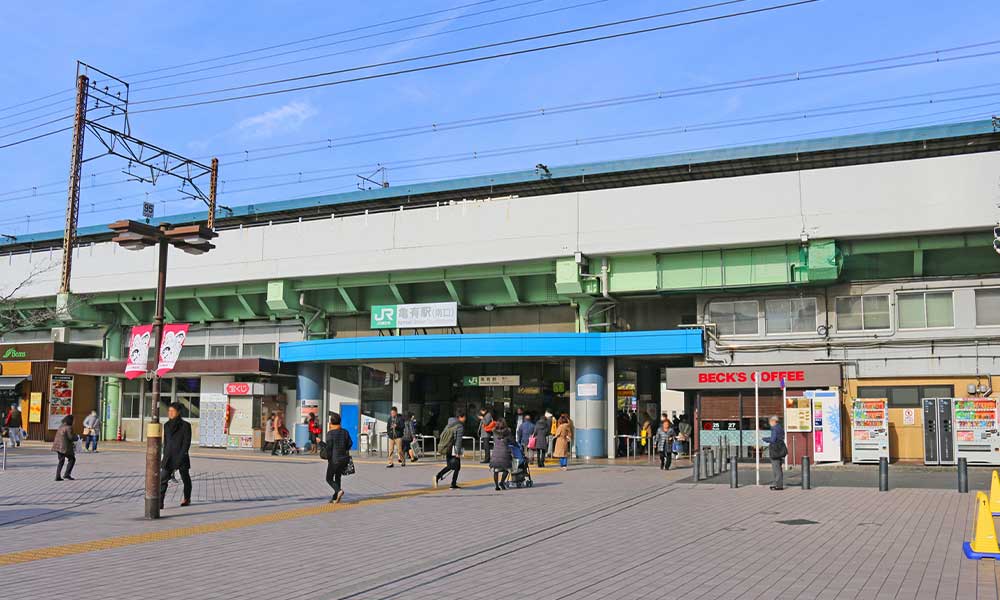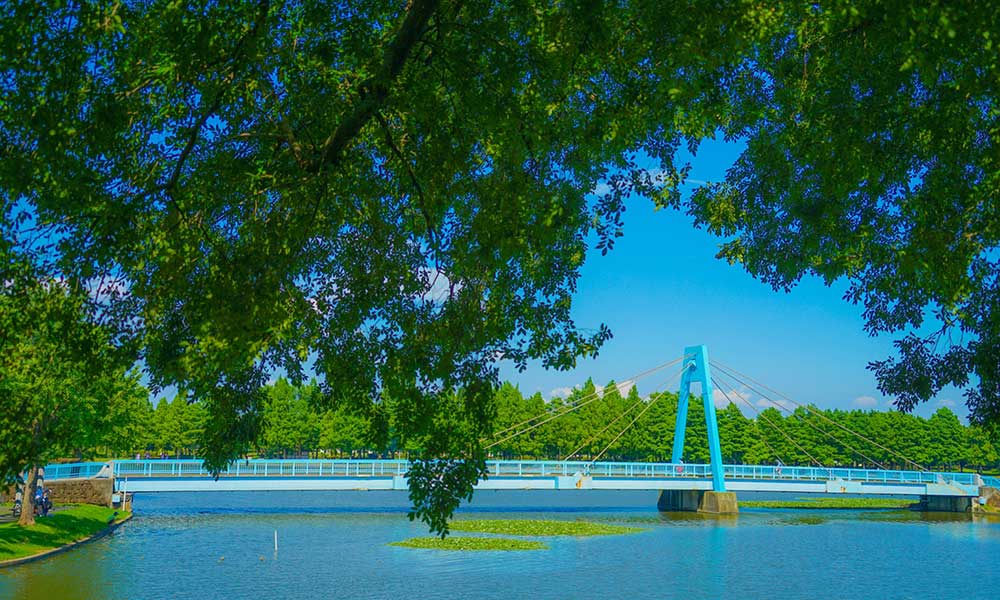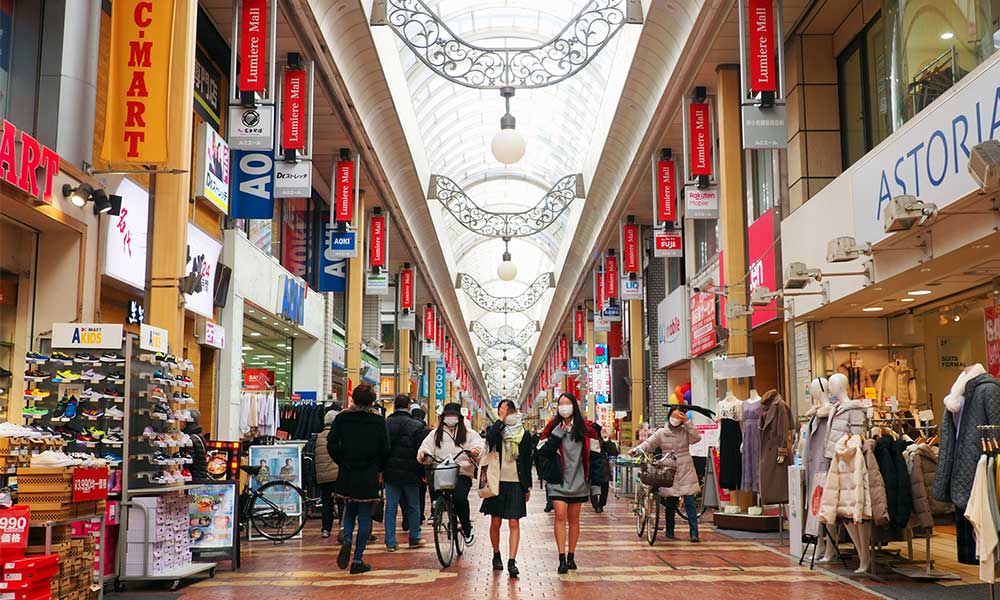Katsushika Ward, Tokyo東京都葛飾区
Living in Katsushika Ward, Tokyo

We have Summarized the livability of Katsushika Ward, Tokyo.
23 WARD AREA23区地域
-
- CHIYODA WARD 千代田区
-
- CHUOU WARD 中央区
-
- MINATO WARD 港区
-
- SHINJYUKU WARD 新宿区
-
- BUNKYO WARD 文京区
-
- TAITO WARD 台東区
-
- SUMIDA WARD 墨田区
-
- KOTO WARD 江東区
-
- SHINAGAWA WARD 品川区
-
- MEGURO WARD 目黒区
-
- OTA WARD 大田区
-
- SETAGAYA WARD 世田谷区
-
- SHIBUYA WARD 渋谷区
-
- NAKANO WARD 中野区
-
- SUGINAMI WARD 杉並区
-
- TOSHIMA WARD 豊島区
-
- KITA WARD 北区
-
- ARAKAWA WARD 荒川区
-
- ITABASHI WARD 板橋区
-
- NERIMA WARD 練馬区
-
- ADACHI WARD 足立区
-
- KATSUSHIKA WARD 葛飾区
-
- EDOGAWA WARD 江戸川区
CONTENTS
- What kind of place is Katsushika Ward, Tokyo?
- Katsushika WardPR video
- How is the traffic situation in Katsushika Ward?
- How are the rent and land prices in Katsushika Ward?
- How is childcare and education in Katsushika Ward?
- How about shopping in Katsushika Ward?
- How about jobs and recruitment in Katsushika Ward?
- Katsushika Ward’s unique subsidy/subsidy system
What kind of place is Katsushika Ward, Tokyo?

Katsushika Ward is a livable city where the old and the new collide, from the new shopping mall to Shibamata Taishakuten.
Katsushika Ward is located in the eastern part of Tokyo’s 23 wards and has an area of approximately 34.80 square kilometers.
It is adjacent to Adachi Ward to the north, Misato City, Saitama Prefecture to the east, Edogawa Ward to the south, and Sumida Ward to the west.
It has a population of approximately 465,000 and approximately 245,000 households (as of April 2023).
The ward is surrounded by three rivers, the Nakagawa, Edogawa, and Arakawa, and the west side of the ward is a lowland at 0 meters above sea level, while the east side of the ward is slightly higher than the west side, at 1 to 2.5 meters above sea level.
Katsushika Ward was formed in 1932 by the merger of seven towns and villages: Shinjuku, Kanamachi, Mizumoto, Kameari, Honda, Minami-Ayase, and Okuto.
There are various theories about the origin of the ward’s name, including one that says that the word “katsu,” referring to cliffs or plateaus, and “shika,” meaning low land, match the shape of the land, and another that says that the ward was named because it was “in the direction of hunting grounds.”
Since the Edo period, it has developed as a key transportation hub connecting Edo with the provinces, and prospered as a post town.
In the Taisho era, factories including paper mills began to move in, taking advantage of the terrain blessed with water transportation, and it became one of the leading industrial areas in the ward.
Since the Heisei era, factories have been relocating overseas and to the provinces, and large factories have gradually disappeared. On their sites, residential areas, universities, parks, commercial facilities, etc. have been built, and the town has developed.
Currently, the center of Katsushika Ward is Kameari Station, and it is a lively area with a concentration of large shopping malls.
The ward is also characterized by having many areas full of traditional downtown atmosphere, such as Shibamata, and there are about 50 shopping streets in the ward.
There are also many tourist attractions in the ward.
Shibamata is famous as the setting for the movie “Otoko wa Tsurai yo,” and there is the “Katsushika Shibamata Tora-san Memorial Museum,” where you can experience the world of the movie.
In the same area, Shibamata Haikara Yokocho and Shibamata Toy Museum, where you can experience old-fashioned sweet shops and toys in a retro Showa-era space, are popular tourist spots in the ward.
The “Yagiri no Watashi,” a boat that has been in operation since the Edo period and connects Shibamata and Chiba on the opposite shore, is famous for being the subject of a popular song, and is the only remaining valuable ferry crossing in Tokyo. You can board the boat for 200 yen one way, and it is a popular spot with many tourists.
The city’s major event is the “Katsushika Summer Fireworks Festival” held every July. This festival, which represents Katsushika Ward, sees approximately 13,000 fireworks launched along the Edogawa riverbed, and is a popular event that draws many visitors every year.
PR video of Katsushika Ward, Tokyo
Katsushika Ward Urban Planning Master Plan
Shibamata Promotional Video
How is the traffic situation in Katsushika Ward?

Katsushika Ward: a city with convenient access to eastern Tokyo and Chiba
Katsushika ward has 8 train lines and 12 stations.
| Shibamata Station | Keisei Kanamachi Line |
| Aoto Station | Keisei Main Line・Keisei Oshiage Line |
| Kameari Station | JR Joban Line |
| Keisei Takasago Station | Keisei Main Line・Keisei Oshiage Line・Keisei Kanamachi Line・Narita Sky Access・Hokuso Railway Hokuso Line |
| Shin-Koiwa Station | JR Sobu Line |
| Kanamachi Station | JR Joban Line |
| Ohanajaya Station | Keisei Main Line |
| Keisei Kanamachi Station | Keisei Kanamachi Line |
| Keio-Shiraishi Station | Keisei Oshiage Line |
| Horikiri Shobuen Station | Keisei Main Line |
| Yotsugi Station | Keisei Oshiage Line |
| Shin-Shibamata Station | Hokuso Railway Hokuso Line |
There is one expressway accessible from the ward, with three entrances and exits.
| Metropolitan Expressway Central Circular Route | Yotsugi IC・Hirai Ohashi IC・Kosuge IC |
Roads that pass through the ward include National Route 6, which runs from Chuo Ward in Tokyo through Chiba Prefecture, Ibaraki Prefecture, Fukushima Prefecture, and Iwanuma City in Miyagi Prefecture to Sendai City, and National Route 298, which runs from Wako City in Saitama Prefecture to Ichikawa City in Chiba Prefecture.
There are key transportation hubs, such as Kameari Station and Kanamachi Station, making it convenient and easy to transfer.
Some lines have relatively infrequent train services, so it may be difficult to board during busy or rush hour periods.
How are the rent and land prices in Katsushika Ward?

Katsushika Ward is a relatively inexpensive and easy-to-live-in area within the 23 wards.
According to information from a real estate information website, the average rent in the ward for a newly built apartment within a 10-minute walk from the station is around 75,000 yen for a 1K and 114,000 yen for a 2DK.
The average land price per tsubo is around 1.31 million yen per tsubo.
The average price of a newly built apartment is 52,990,000 yen, the average area is 67.5 m2, and the average price per tsubo is 2.596 million yen per tsubo. (As of 2018-2022)
Katsushika Ward is one of the areas in Tokyo with relatively good housing conditions.
The ward generally has many apartment complexes in the center and many detached houses in the suburbs.
The average rent in Katsushika Ward is relatively low within Tokyo, and the prices of food and daily necessities also tend to be slightly cheaper than in the city center, making it a very livable city.
In terms of the living environment, there are many greener areas than in the city center, making it an area rich in nature, and there are plenty of parks and facilities, making it a popular area for families with children.
Given the good access to the city center, rent is often relatively low, making housing search less of a burden.
Some areas are prone to traffic congestion, so if you are commuting by car, you need to allow yourself plenty of time.
How is childcare and education in Katsushika Ward?

Katsushika Ward: A city with generous child-rearing support
Katsushika ward has 88 nursery schools, 33 kindergartens, 49 elementary schools, 27 junior high schools, 7 high schools, 2 junior colleges/universities, and 6 vocational schools.
Children’s medical expenses subsidy is for children up to 18 years old (as of March 31 after they reach 18 years old) and covers all medical expenses for both outpatient and inpatient care.
Child allowances are provided: 15,000 yen for children under 3 years old, 10,000 yen for the first and second children aged 3 years old or older and not yet entering elementary school, 15,000 yen for the third child and onwards, and 10,000 yen for junior high school students.
Katsushika Ward also has a comprehensive support system of its own.
At the “Cradle Interview,” a public health nurse, midwife, or other specialized staff member will interview you and give you advice on childbirth and child-rearing, so that you can give birth with peace of mind. After the interview, you will also receive a childbirth support gift worth 50,000 yen.
In addition, at the “Hello Baby Visit” after giving birth, a public health nurse or other specialized staff member will visit your home to weigh your baby and give you advice on child-rearing. After this visit, you will also receive a child-rearing support gift worth 50,000 yen.
In addition, there is a comprehensive range of financial support, such as the “Katsushika Childbirth Support Benefit,” which provides a payment of 50,000 yen.
Katsushika ward has many parks and playgrounds, making it a popular place for children to play.
There are also riverside promenades and natural parks, providing opportunities to experience nature.
The ward also places great emphasis on child-rearing support, with child-rearing support centers and child-rearing consultation desks, as well as child-rearing events and educational classes, where you can obtain information about child-rearing.
It can be said that the ward has all the necessary facilities for raising children.
There is ample child-rearing support and subsidies available, making it an easy environment to raise children in.
There tends to be a large number of children on waiting lists for nursery schools. It also tends to be difficult to get into popular private schools.
How about shopping in Katsushika Ward?

Katsushika Ward is a city with many supermarkets and bargain shops.
Katsushika ward has a few commercial facilities, such as shopping centers and supermarkets, centered around the main station, Kameari Station.
Typical ones are Ario Kameari and Beans Kameari.
There is also a well-developed shopping street in front of the station, dotted with local shops and restaurants.
Kameari, Kanamachi, Shibamata, and other areas are particularly popular with tourists, with many souvenir shops and restaurants.
There are about 66 supermarkets, mainly Maruetsu, Life, and Ito-Yokado.
The supermarkets and shopping districts in the ward have relatively low prices compared to other areas in Tokyo, making it an easy place to shop.
Popular commercial facilities and shopping districts in front of stations are expected to be crowded, so shopping may take some time depending on the time of day and day of the week.
How about jobs and recruitment in Katsushika Ward?
Katsushika Ward is a city where a variety of industries, from commerce to manufacturing, come together.
The average annual salary in Katsushika Ward is 3.71 million yen.
Katsushika Ward is famous as one of the leading industrial areas in Tokyo. Although the number has been decreasing in recent years, there are more than 2,000 factories in the ward.
It is also an area where agriculture is actively carried out, which is rare for a ward.
Furthermore, with the thriving industrial, commercial, and service industries, it can be said that there is no shortage of job openings in the area.
The number of job openings in Katsushika Ward is greater in areas closer to the center and areas with good access to public transportation, while there tend to be fewer in suburban areas and areas with poor access to public transportation. Working conditions vary depending on the company, but there are various employment types such as full-time employees, contract employees, and part-time employees.
There are many jobs available as there are many different industries.
There tends to be a relatively large number of part-time and contract employee job openings, so if you are looking for full-time employment, you need to be careful when choosing your employer.
























